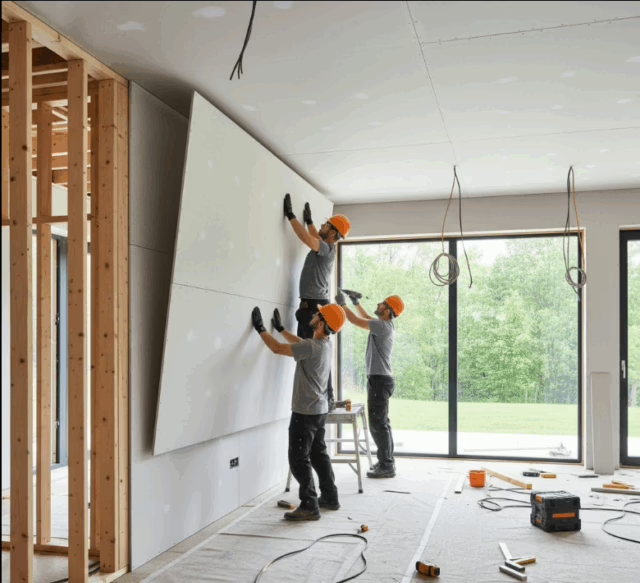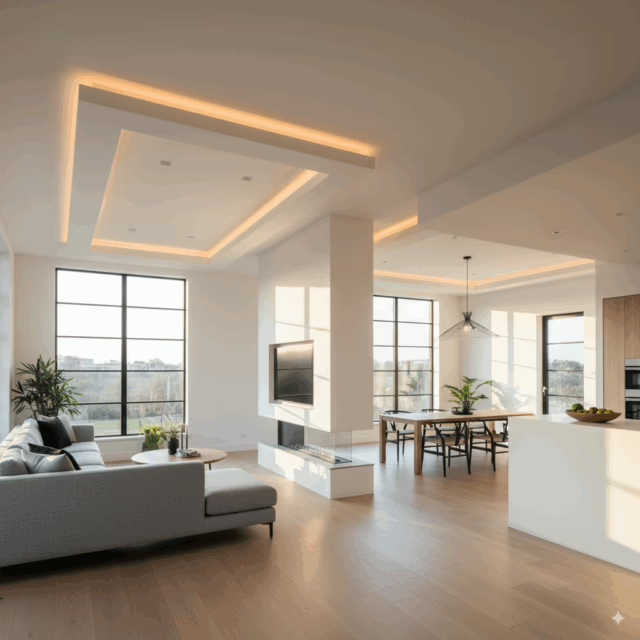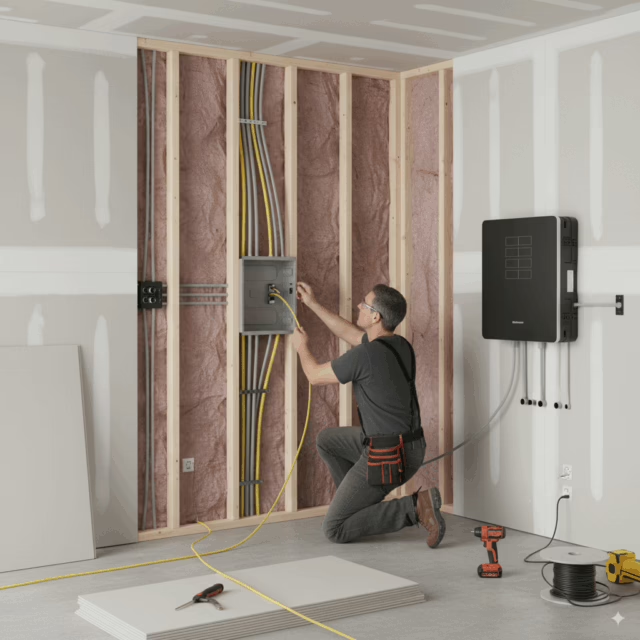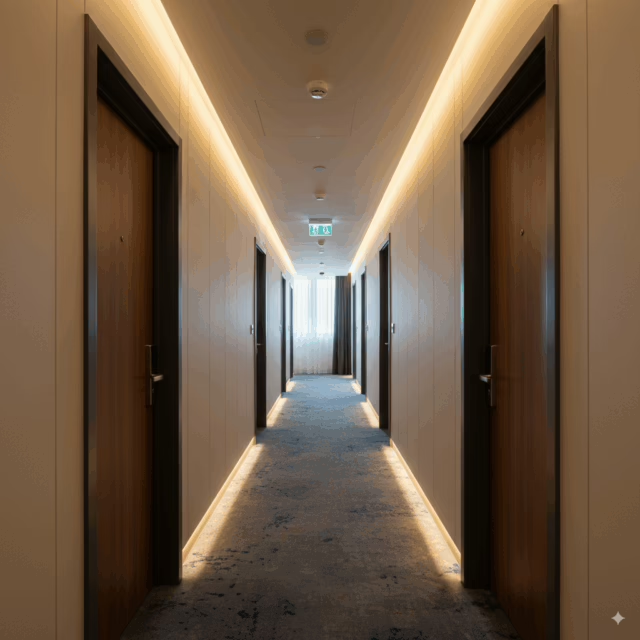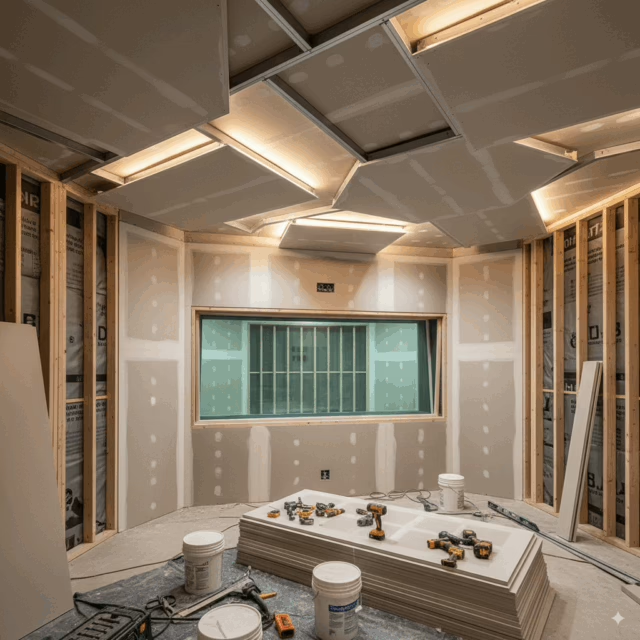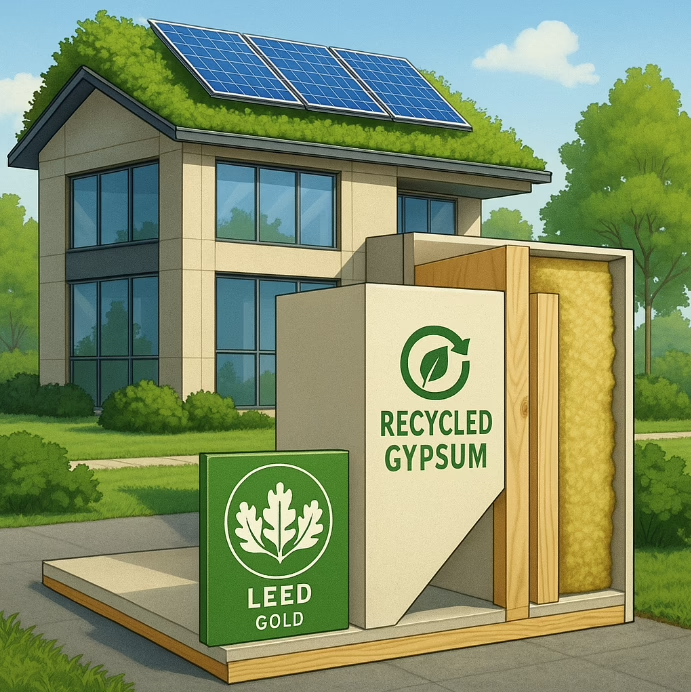As sustainable construction becomes the new industry standard, building materials must meet strict environmental criteria. One material consistently helping contractors and architects achieve LEED certification is drywall.
This article explores how using LEED certification drywall enhances your project’s green credentials, streamlines compliance, and positions your building as eco-conscious and future-ready.
What Is LEED Certification and Why Does It Matter?
LEED (Leadership in Energy and Environmental Design) is a globally recognized green building rating system developed by the U.S. Green Building Council (USGBC). Achieving LEED certification demonstrates a commitment to sustainability, energy efficiency, and occupant health.
Drywall plays a pivotal role in this certification process—often underestimated.
How Drywall Supports LEED Certification Goals
To qualify for LEED points, materials must align with the program’s credit categories. Here’s how drywall qualifies across multiple dimensions:
♻️ 1. Use of Recycled Materials
Modern drywall often contains up to 90% recycled content, especially in its paper and gypsum core.
- Qualifies for Materials and Resources (MR) Credit: Recycled Content
- Reduces landfill waste and conserves raw materials
- Lightweight nature reduces fuel use in transportation
🔗 Learn more on our services page
🌍 2. Regional Material Sourcing
Drywall manufactured within 500 miles of the job site can contribute to MR Credit: Regional Materials, helping reduce the environmental impact of long-distance transport.
🌱 3. Low Emitting Materials
Drywall with low or zero VOC (Volatile Organic Compounds) content supports indoor air quality and earns points under Indoor Environmental Quality (EQ).
- Critical in schools, healthcare facilities, and office buildings
- Improves occupant health and comfort
- Supports green indoor air goals
Explore more about drywall’s health benefits in our post on indoor air quality.
🔥 4. Durability and Lifecycle Value
Drywall systems are highly durable, reducing the frequency of repairs and replacements—an often-overlooked sustainability factor. This supports LEED’s emphasis on durability and building longevity.
🏗️ 5. Construction Waste Reduction
Drywall is modular, easy to cut to size, and minimizes jobsite waste. Proper off-cut management and recycling programs contribute to Construction Waste Management Credits.
Frequently Asked Questions
1. Can drywall help achieve LEED points?
Yes. Drywall can earn LEED credits under categories like recycled content, regional sourcing, and indoor air quality.
2. What type of drywall is best for LEED projects?
Choose drywall made from high recycled content, low VOC emissions, and regional manufacturing for maximum LEED benefits.
3. Is drywall recyclable?
Absolutely. Many drywall products can be fully recycled after demolition or excess use, contributing to waste management credits.
4. How does drywall impact indoor air quality?
Low-emitting drywall helps reduce airborne toxins and supports better health outcomes, especially in schools and hospitals.
Build Smart, Build Green with HD Drywall
Incorporating LEED certification drywall into your project ensures you’re building with the future in mind. It reduces your environmental footprint, boosts long-term ROI, and aligns with global sustainability trends.
At HD Drywall, we help commercial, industrial, and institutional clients meet LEED standards with smart drywall solutions that support performance, efficiency, and health.
📞 Ready to start your green building journey? Reach out via our contact page or explore our services to get started.
✅ Build with purpose. Achieve LEED. Choose drywall done right. 🌿

